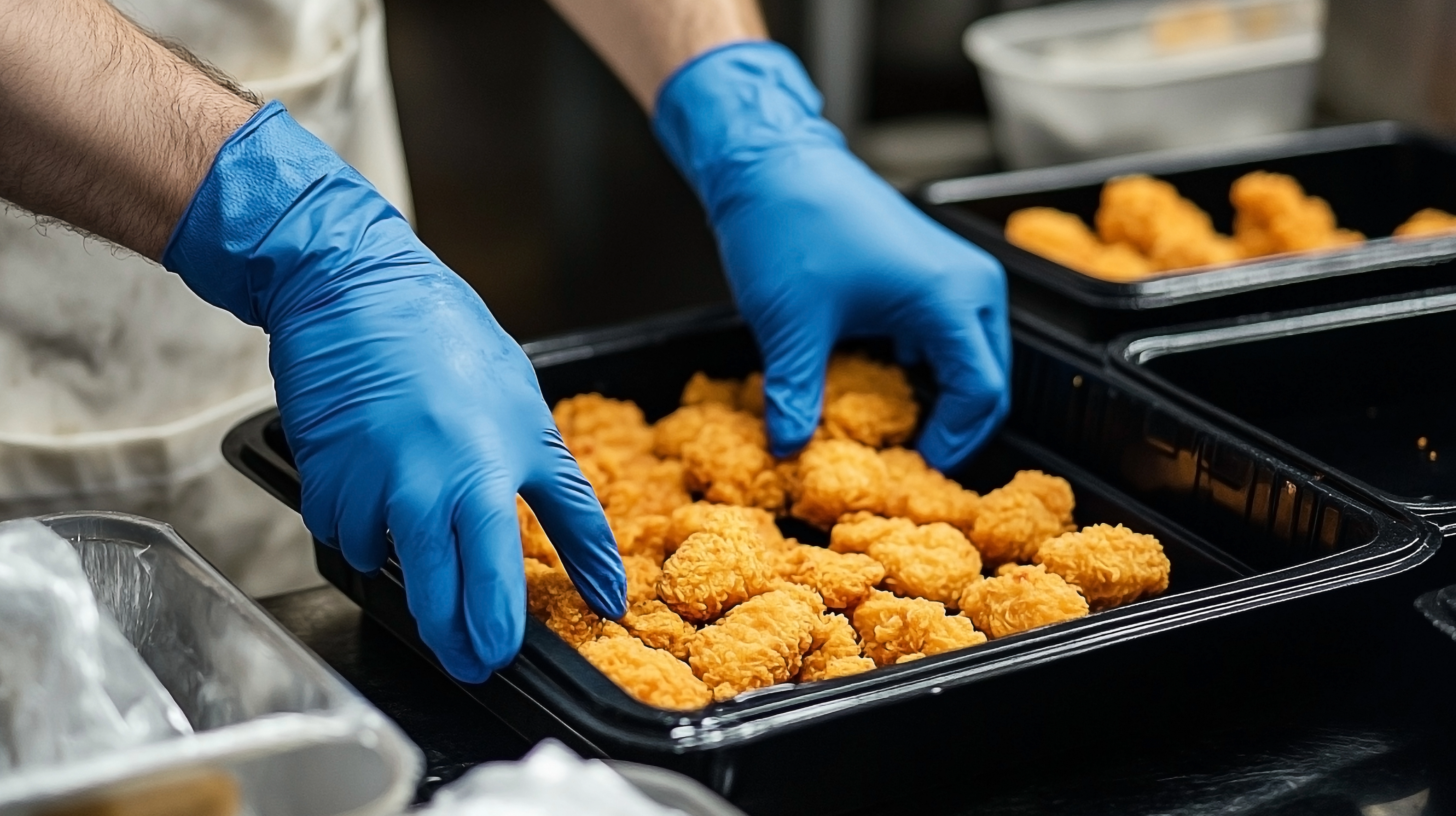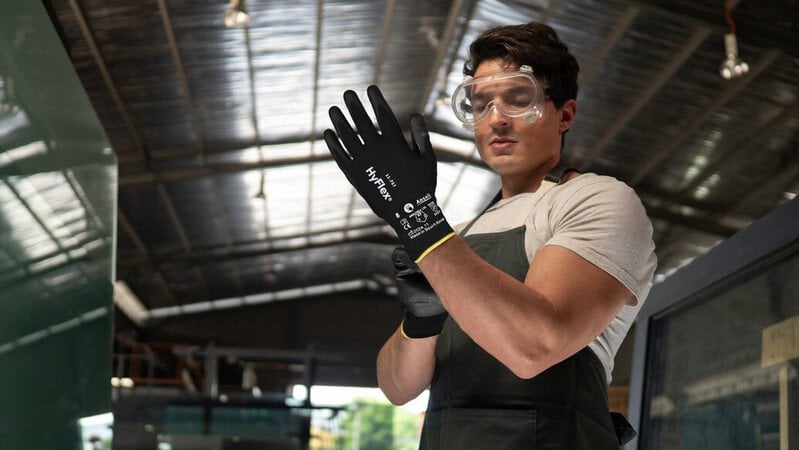Precision thermometers often face the challenge of separated mercury columns, a leading cause of instrument failure. To address this issue without causing damage, specific procedures must be followed diligently. The cooling method involves gradually immersing only the bulb in a dry-ice and alcohol solution, allowing the mercury column to retreat into the bulb. The thermometer is then swung in a short arc to force all the mercury into the bulb. Avoid cooling the stem or mercury column, and exercise caution not to touch the bulb until the mercury emerges. The heating method is applicable to thermometers with a maximum range of 260°C or 500°F, using a beaker of liquid with a flash point above the thermometer's highest indication. Immerse the bulb and stem, heat, and tap to reunite the columns. For organic-filled thermometers, tapping the stem gently against the hand can help rejoin the separated columns. Following these procedures ensures extended instrument life and successful reunification.
The largest single cause for the failure of precision thermometers in the lab is due to separated mercury columns. This can occur in transit or in the lab. The life of the instrument can be greatly extended if the following procedures are rigidly employed. Other methods may cause damage to the thermometer.
With the thermometer in an upright position gradually immerse ONLY the bulb in a solution of solid CO2 (dry-ice) and alcohol so that the mercury column retreats slowly into the bulb. Do not cool the stem or mercury column. Keep the bulb in the solution until the main column as well as the separated portion retreats into the bulb. Remove and swing thermometer in a short arc, forcing all the mercury into the bulb. Most mercury thermometers can be reunited using this method regardless of range (with the exception of deep immersion thermometers) provided ONLY THE BULB is immersed in the CO2—alcohol solution.
Caution: Do not touch the bulb until it has warmed sufficiently for the mercury to emerge from the bulb into the capillary. Never subject the stem or mercury column to the CO2 solution as it will freeze the mercury column in the capillary and may cause the bulb to fracture.
This method applies to thermometers with a maximum range of 260°C or 500°F, equipped with expansion chambers sufficiently large to accommodate the separation plus a portion of the main column. Immerse as much of bulb AND STEM as possible in a large beaker containing liquid whose flash point is well above the highest indication of the thermometer being reunited. Heat the beaker, stirring the liquid with the thermometer, until the separation and a portion of the main column enter the chamber. Tap the thermometer in the palm of gloved hand reuniting column. Allow to cool slowly.
Caution: Never use an open flame on the bulb. Never fill the expansion chamber more than 2/3 full. Make certain the flash point of the liquid is well above highest temperature indicated on the thermometer. Thermometers whose ranges exceed 260°C or 500°F CAN NOT be reunited using heat without damaging the instrument.
Separated columns in organic-filled (spirit) thermometers require a somewhat different technique to be reunited.
This can be accomplished by holding the thermometer in an upright position and gingerly tapping the stem above the separation against the palm of your hand. As you gently tap the thermometer, observe the liquid above the separation until it breaks away from the wall of the capillary and runs down to join the main column.
Shop our selection of laboratory thermometers.

November 24, 2025
Food processing facilities face a critical dual mandate: maintaining the stringent safety standards nece...

November 24, 2025
Food manufacturers are continuously challenged to balance rigorous infection control standards with incr...

November 24, 2025
In the food manufacturing industry, efficiency and worker safety are mutually dependent goals. While pro...